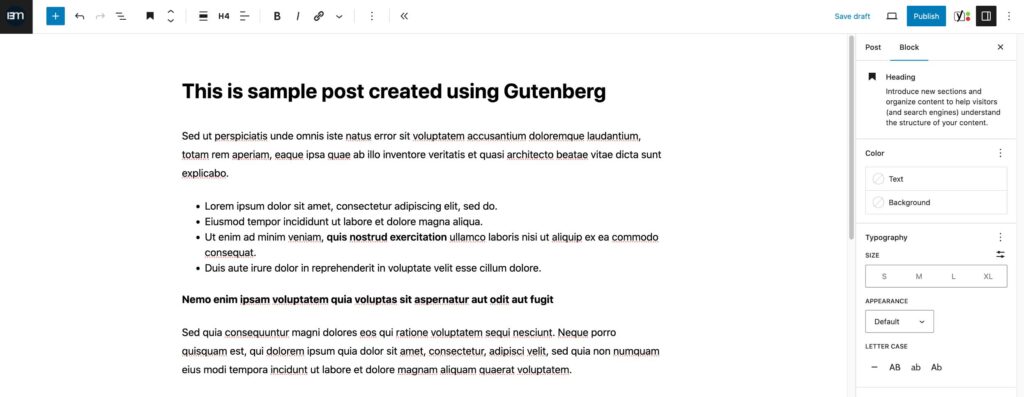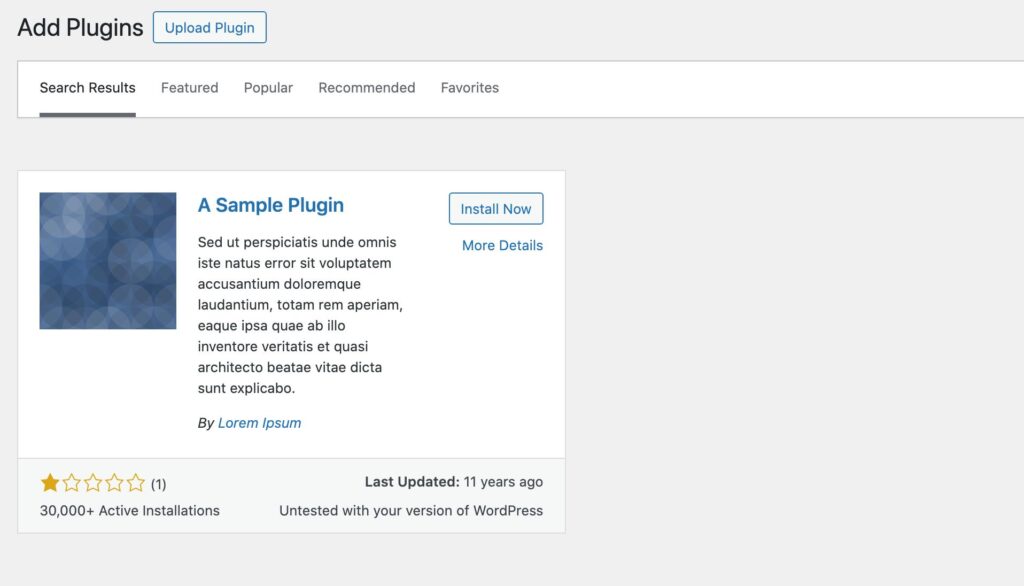
Do you have a WordPress website? How often are you updating it? When was the last time you maintained it? In my previous post, I discussed how to properly maintain your WordPress site. Now, in this article, we will discuss the issues of not updating your WordPress site, which is an important task in site maintenance.
There are two major things you can update on your WordPress site: first is the “Content,” and the second is the “WordPress System.” We will skip the “Content” and save it for future posts. We will be focusing on your “WordPress System” and what may happen if you stop updating or maintaining it.
Actually, we (referring to developers, project managers, etc.) are only using the term “update your WordPress,” without the word “system.” However, for the sake of this post and to point out that there is still a system you need to maintain, we will be using the term “WordPress System”.
A Brief Introduction
Your WordPress system consists of three main components: the core, plugins, and themes. Basically, these components determine how your website functions, its features, and its front-end appearance. These individual components are primarily developed by programmers/developers and installed on your servers or web hosting. The wonderful community of developers is continuously improving the WordPress ecosystem, and that’s why everyone still loves WordPress.
However, there are still users, mostly those who are less tech-savvy in this CMS, they are unaware that they need to continuously maintain their WordPress, just like their content.
So, what will actually happen if you ignore your WordPress system updates?
In my 10 years of working as a WordPress developer and a web manager, there are two main issues you will encounter if you stop updating it. These issues will mainly affect how your website functions and its security. Let’s start with the first one:
Stop Getting Improvements from the WordPress Ecosystem
If you’re using WordPress to power your website, it’s likely you have installed plugins and themes to add more features to your site. As I mentioned earlier, there are developers and programmers who continuously improve WordPress. These improvements are added through the plugins, themes, or even the WordPress core files.
If you ignore updating your website, you will stop receiving these updates as well. Perhaps they have added new features or improved the performance of their plugins or themes. What if the new updates have some security improvements (more on that later)?
One of the main features that I remember being added recently was the “Gutenberg” functionality, which was added into the WordPress core in December 2018 (if I’m not mistaken). Gutenberg is a new way of adding content to your WordPress website. Prior to that, we only had a WYSIWYG text editor, which was functional; however, Gutenberg opens up a new and flexible way of adding new content.

Although Gutenberg can’t compete with popular page builders such as Divi, Bricks and Elementor, I still believe it’s nice to have this for those users who want more settings and control over their simple content.
Now, let’s talk about the second issue.
High Risk to Website Security Issues and Vulnerabilities!
Keeping your WordPress core, plugins and themes up-to-date is important for maintaining a secure website. Outdated WordPress installations are highly vulnerable to security threats and can expose your site to a range of malicious attacks.
Recently, I experienced troubleshooting security related issues in one of my freelance projects. The website had outdated plugins. Not only were they outdated, but some of them were removed from the WordPress repository, which means that the developer stopped adding improvements and updates to it.

The issue is that there are always new security vulnerabilities being reported in the WordPress community. So if you stop updating your core, plugins and themes, this can lead to potential vulnerabilities. Just like what happened on one of the sites I’m maintaining, there was malware that kept recurring from the file system.
So what can you do to prevent these problems?
Well, I can just easily say, go to your “Dashboard”, then navigate to the “Updates” admin page, and hit all the “Update” buttons in that page. You can actually do that, but it’s not our recommended way!

Here’s the overview what you can do:
- Backup Your Website – It’s better to always have a restore point, so if something goes wrong, you can restore it back.
- Check All the Details of the Updates – Check for any “breaking changes” first, so you’re aware if something will break on your website after the updates. This is a good approach because you have the chance to plan ahead.
- Start the “Update” Process – If all is good, you can now start updating your system. In my case, I will start by updating all the plugins first, then the themes, and lastly, the WordPress core.
- Check Your Website – Don’t forget to check the front-end of your website. Check if there are no broken layouts or sections, and check the main functionality, such as contact forms, product cart, and checkout process (for ecommerce sites). If you have a caching plugin (e.g., W3 Total Cache, WP Super Cache, etc.), purge or delete your old cache and check your site in incognito mode. This will ensure you’re not viewing the cached version of your site.
- Scan For Security Issues – It’s better to run some security scanning to double-check if your website is still vulnerable to security issues.
What if you have plugins & themes that were removed from the WordPress Repository?
Actually, this one is a bit technical because it’s most likely that someone built your website for you. That plugin was installed on purpose, and somewhere in your website, it uses that for certain functionalities. So removing it will cause some issues on your website, and some pages will not work properly.
If you think that plugins play a huge role in your website, what I suggest is to consult the issue with your developer. Alternatively, you’re welcome to reach out to me. I’ll do my best to assist you and start finding a solution.
When it comes to “removed” themes, that’s a whole different story. Themes handle the front-end stuff, like how your site looks, the layout, etc. Depending on how your website was built, it’s usually not a good idea to remove or change the theme because if you do, your site will start looking different, and most of the time, it will not work as it did before.
I don’t want to say this, but I’m afraid the only solution is to completely redesign the site and use a modern and reliable theme. It may seem like a daunting task, but it could be the key to improving your online presence. Remember, a fresh look can attract new visitors and keep existing ones engaged.
That’s it! I hope you found the information in this article valuable. Remember, if you have questions or concerns, please don’t hesitate to get in touch. Thank you for reading and stay tuned for more content!